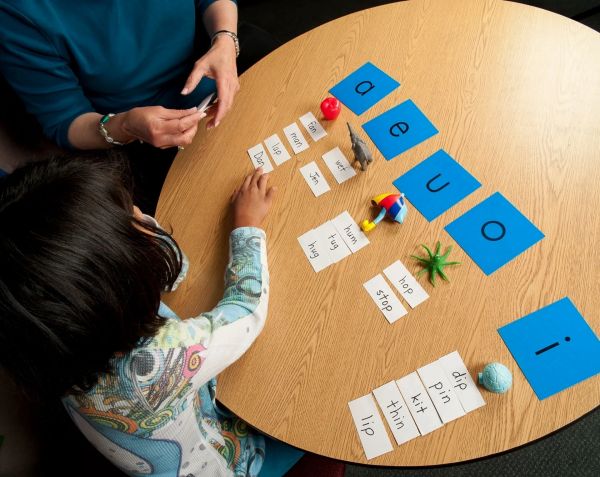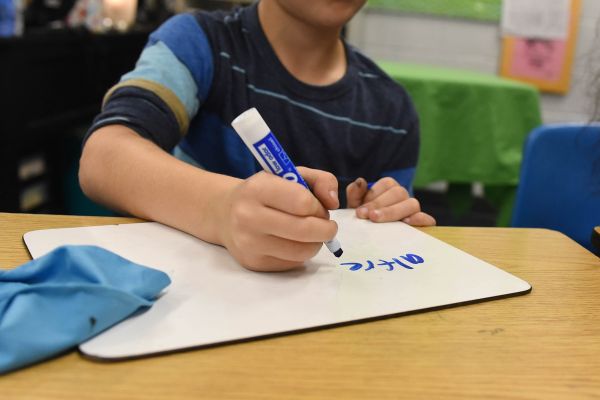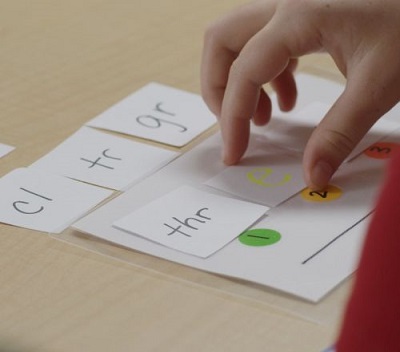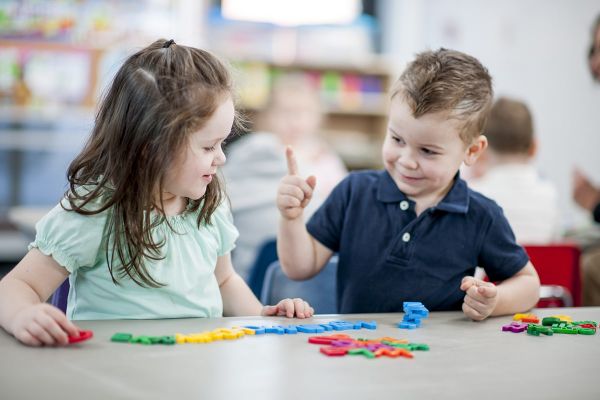The Orton-Gillingham Approach is a direct, explicit, multisensory, structured, sequential, diagnostic, and prescriptive way to teach literacy when reading, writing, and spelling does not come easily to individuals, such as those with dyslexia. It is most properly understood and practiced as an approach, not a method, program, or system. In the hands of a well-trained and experienced instructor, it is a powerful tool of exceptional breadth, depth, and flexibility.
ORTON GILLINGHAM APPROACH

What is the Orton-Gillingham Approach?
Why O-G Works?
The Orton-Gillingham approach helps take the mystery out of reading and spelling by translating sounds into phonograms and by teaching students to apply rules and generalizations that help make reading and spelling much easier.
The hallmarks of an effective OG program:
- Multisensory
- Incremental
- Individualized
- Explicit
- Sequential
- Cumulative
- Phonogram based
The hallmark of a true Orton-Gillingham program is that it is multisensory. Children are wired to learn using multiple pathways to the brain—visual, auditory, and kinesthetic.
The Orton-Gillingham approach is sequential. When instruction is sequential, lessons are presented in a logical, well-planned sequence. This allows children to make easy connections between what they already know and what they are currently learning
An incremental approach is one of the fundamental components of Orton-Gillingham, ensuring that there are no gaps in a student’s learning. With a no-gaps approach, students move easily and naturally from simple concepts to more complex ones.

Think of it like this: Imagine that your child is climbing a ladder. With an incremental approach, each rung of the ladder helps your child get closer to the goal of fluent reading and spelling. There are no missing rungs, so there are no gaps. This is one of the reasons that students who have experienced failure with other programs can learn to read and spell with the Orton-Gillingham approach.

So what are phonograms?
A phonogram is a letter or combination of letters that represent a sound. For example:
- CK is a phonogram that says /k/ as in the clock.
- S is a phonogram that says /s/ as in sat or /z/ as in has.
- OY is a phonogram that says /oi/ as in boy.
Regular, consistent review leads to long-term learning. The cumulative review is a cornerstone element of the Orton-Gillingham approach because the review is vital to the development of good readers and spellers. That’s why it is essential that Orton-Gillingham-based programs provide daily review opportunities.
Mastery is another important component of cumulative instruction. When instruction is cumulative, students master one concept before moving on to a more advanced concept.
The Orton-Gillingham approach is always focused on the needs of the individual. Anna Gillingham once said, “Go as fast as you can, but as slow as you must.” This is an important point to keep in mind. A curriculum that incorporates an individualized approach makes it easy to teach to a child’s individual strengths while at the same time respecting the child’s pace. That’s why an individualized approach is effective for ALL ages— beginning readers, intermediate students, teens, adults, and struggling learners.
One of the priorities of the Orton-Gillingham approach is to simplify the English language by focusing on why words are spelled the way they are. By teaching the basic phonograms and the rules and patterns that apply to the vast majority of English words, the Orton-Gillingham approach takes the guesswork out of reading and spelling.
Each sound in a word is represented by a phonogram. When a student has a solid working knowledge of the phonograms and the sounds they represent, reading and spelling are much easier.
And finally, the Orton-Gillingham approach is explicit. This means that students are taught exactly what they need to know in a clear and straightforward manner. And because it teaches a student exactly what he needs to know, an explicit program erases the need for guessing, eliminates ambiguity, and—best of all—prevents confusion.


How we make O-G work:
The Orton-Gillingham Approach is most often associated with a one-on-one teacher-student instructional model. Its use in small group instruction is not uncommon. A successful adaptation of the Approach has demonstrated its value for classroom instruction. Reading, spelling, and writing difficulties have been the dominant focus of the Approach although it has been successfully adapted for use with students who exhibit difficulty with mathematics.
EmpowerKidz offers individualized & small group instruction for students experiencing language-related difficulties using an Orton-Gillingham approach. This program provides the multi-sensory and systematic foundational skills necessary to enable confident reading and spelling.
2411, Old Crow Canyon Road, Suites 105 & 120, San Ramon, CA 94583, USA
anupma@empowerkidz.com
+1 (669) 900-2315
© Copyright 2021 EmpowerKidz
Designed & Developed by Congruence Digital
